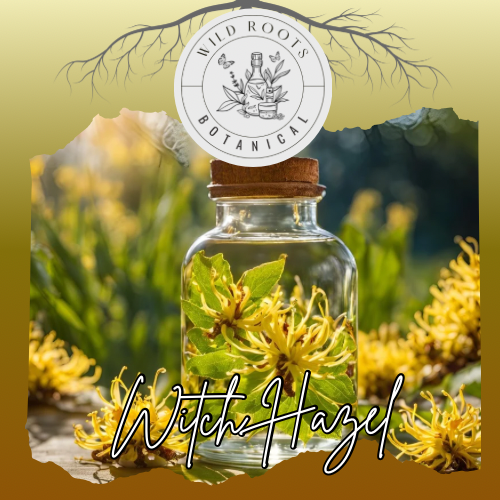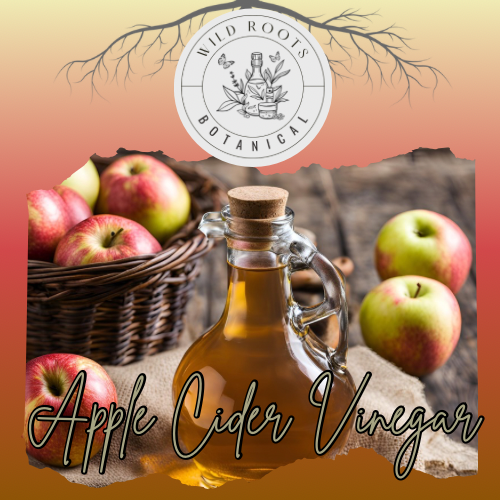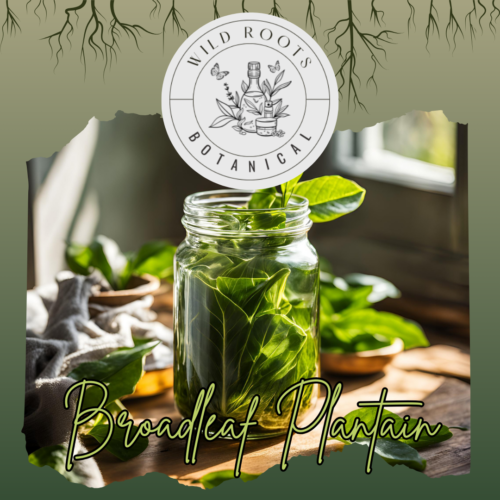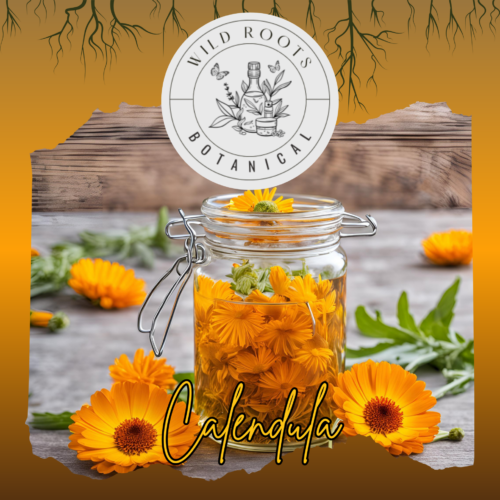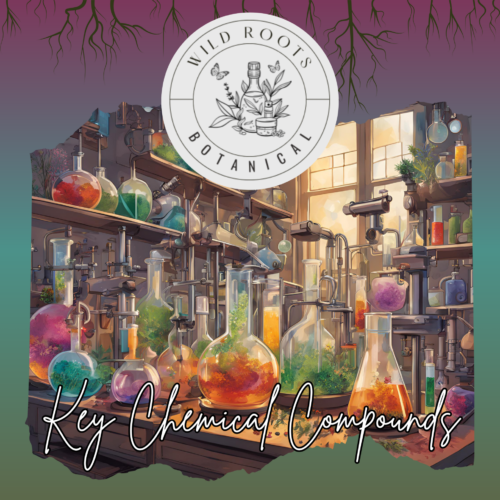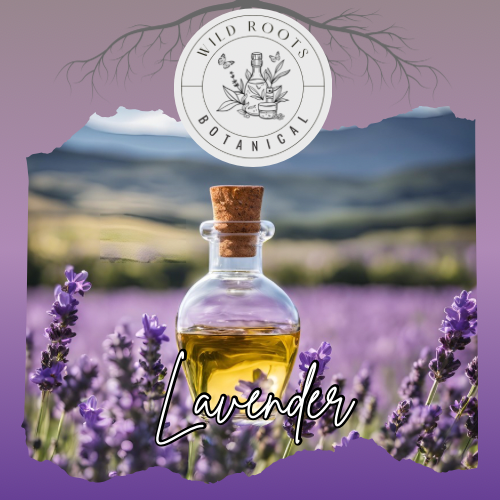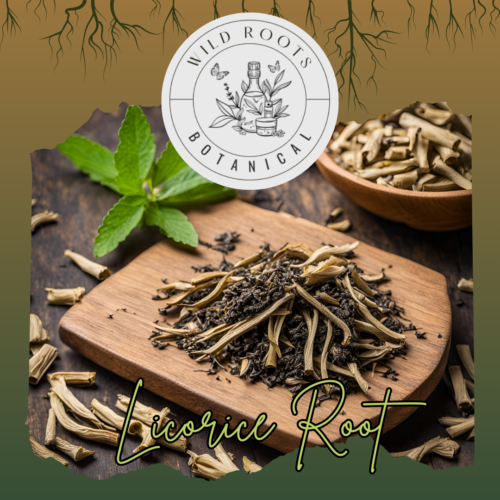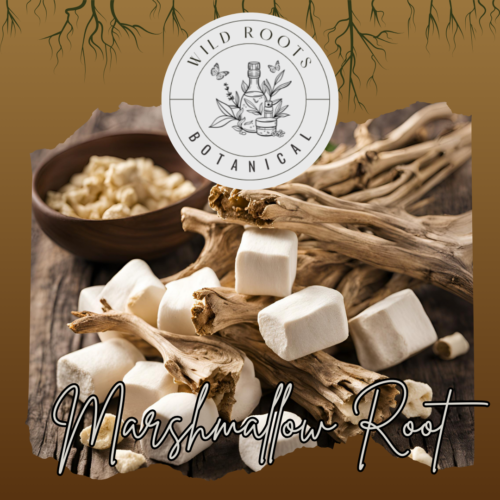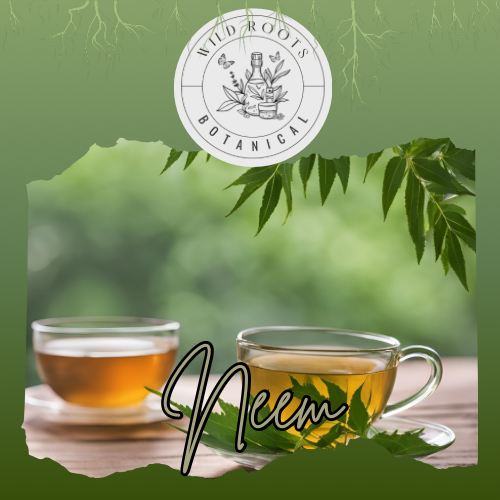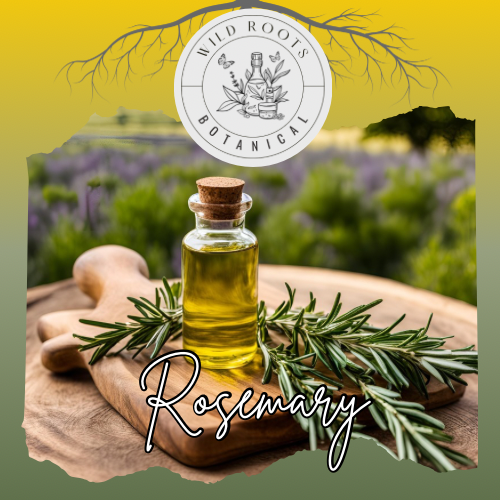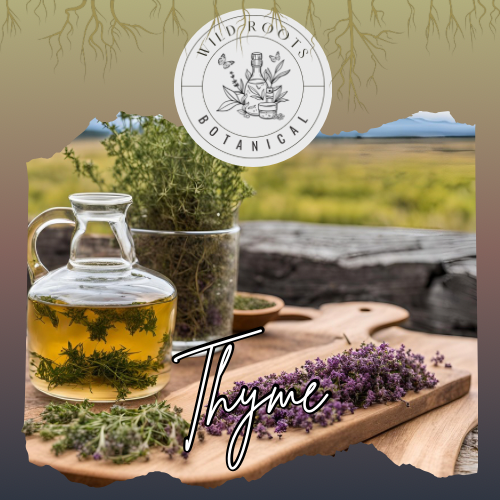Witch Hazel: Native American Wonder – A Comprehensive Guide
Introduction
Hamamelis virginiana, commonly known as witch hazel, is a remarkable medicinal plant native to North America. This unique shrub, which blooms in late fall when most other plants are dormant, has been used for centuries in traditional medicine and continues to be a popular natural remedy today.
Historical Journey
Native American Heritage
Native American tribes, including the Cherokee, Iroquois, and Potawatomi, were the first to discover witch hazel’s medicinal properties. They used it to treat:
- Skin inflammation
- Tumors
- Eye conditions
- Internal bleeding
Colonial Period
European settlers learned about witch hazel from Native Americans and quickly incorporated it into their own medical practices. By the 1840s, it had become a common household remedy throughout the United States.
Scientific Understanding
Chemical Composition
Key components include:
- Tannins (hamamelitannins)
- Gallic acid
- Proanthocyanidins
- Flavonoids
- Essential oils
- Saponins
Therapeutic Properties
Research-supported benefits:
- Astringent effects
- Anti-inflammatory action
- Antioxidant properties
- Antimicrobial activity
- Wound-healing promotion
Modern Applications
Medical Uses
Contemporary applications include:
- Skin inflammation
- Hemorrhoid treatment
- Facial care
- Minor cuts and bruises
- Eye strain relief
Commercial Products
Found in various forms:
- Distilled extract
- Creams and ointments
- Facial toners
- Medicated pads
- Eye compresses
Traditional Uses
Medicinal Applications
Historical uses include:
- Wound healing
- Pain relief
- Skin conditions
- Eye problems
- Internal bleeding
Other Traditional Uses
- Dowsing rods
- Weather prediction
- Spiritual ceremonies
- Wood crafting
Harvesting and Production
Wild Harvesting
Traditional collection methods:
- Late fall/winter harvest
- Bark and twigs collected
- Sustainable practices
- Traditional timing
Commercial Production
Modern processing:
- Steam distillation
- Extract preparation
- Quality control
- Standardization
Scientific Research
Clinical Studies
Recent research focuses on:
- Skin inflammation
- Wound healing
- Antioxidant effects
- Vascular conditions
Future Directions
Promising areas include:
- Cancer research
- Anti-aging applications
- Novel extraction methods
- Bioavailability studies
Preparation Methods
Traditional Forms
- Decoction
- Bark and twigs
- Slow simmering
- External use
- Traditional strength
- Poultice
- Fresh leaves
- Crushed application
- Direct use
- Immediate relief
Safety and Precautions
General Safety
While generally safe:
- Patch test recommended
- Avoid internal consumption
- Monitor for reactions
- Use quality sources
Contraindications
Exercise caution with:
- Pregnancy
- Liver conditions
- Sensitive skin
- Certain medications
Fun Facts
- The name “witch” comes from the Old English “wiche” meaning pliant or bendable
- It blooms in winter when most plants are dormant
- Native Americans taught colonists to find water using witch hazel branches
- It’s one of the few medicinal plants approved by the FDA
Environmental Aspects
Habitat
Natural growing conditions:
- Mixed hardwood forests
- Stream banks
- Partial shade
- Well-drained soil
Conservation
Sustainability considerations:
- Wild population protection
- Cultivation promotion
- Habitat preservation
- Sustainable harvesting
Cultural Significance
Historical Importance
- Native American medicine
- Colonial folk remedy
- Modern natural medicine
- Commercial success
Modern Revival
- Growing popularity in skincare
- Natural medicine movement
- Sustainable harvesting
- Traditional knowledge preservation
References
- Anderson, G. J., & Hill, J. D. (2002). “Many uses of the Witch Hazel.” Economic Botany, 56(2), 158-161.
- Hughes-Formella, B. J., et al. (2002). “Anti-inflammatory effect of hamamelis lotion in a UVB erythema test.” Dermatology, 204(1), 92-98.
- Thring, T. S., et al. (2011). “Antioxidant and potential anti-inflammatory activity of extracts and formulations of white tea, rose, and witch hazel on primary human dermal fibroblast cells.” Journal of Inflammation, 8(1), 27.
- Wang, H., et al. (2003). “Antioxidant and antiinflammatory activities of anthocyanins and their aglycon, cyanidin, from tart cherries.” Journal of Natural Products, 66(2), 294-296.
Traditional Recipes
Cooling Compress
Classic treatment:
- Witch hazel extract
- Cool water
- Clean cloth
- Optional: herbs
Skin Toner
Traditional formula:
- Witch hazel distillate
- Rose water
- Aloe vera
- Essential oils


